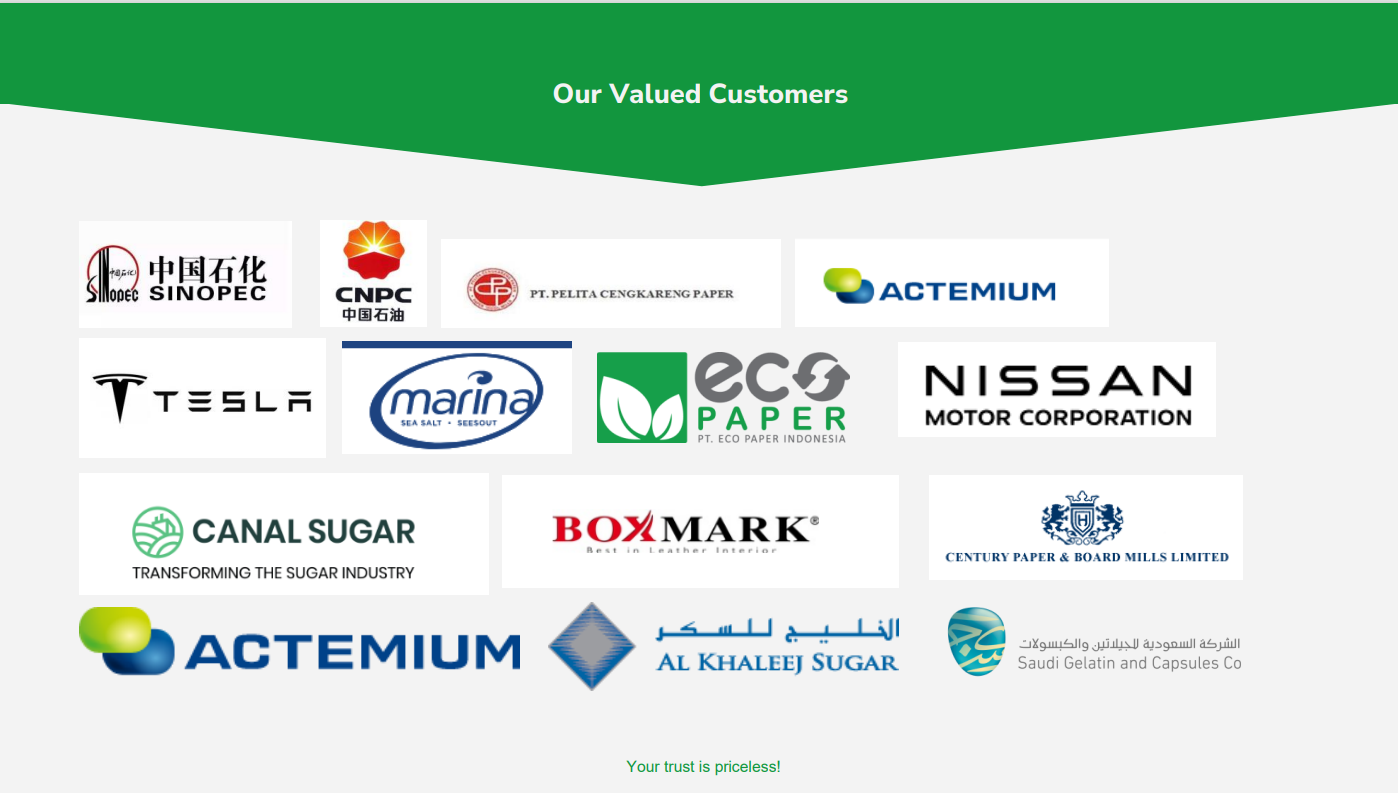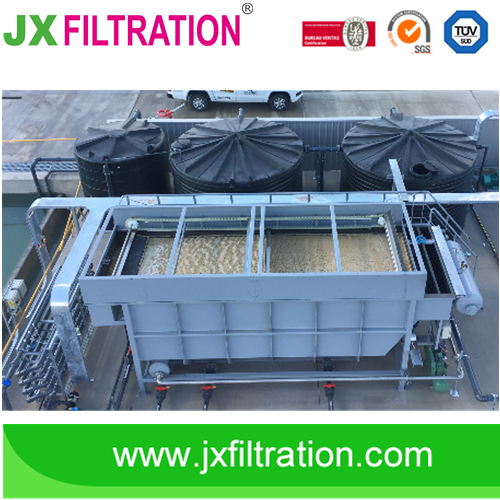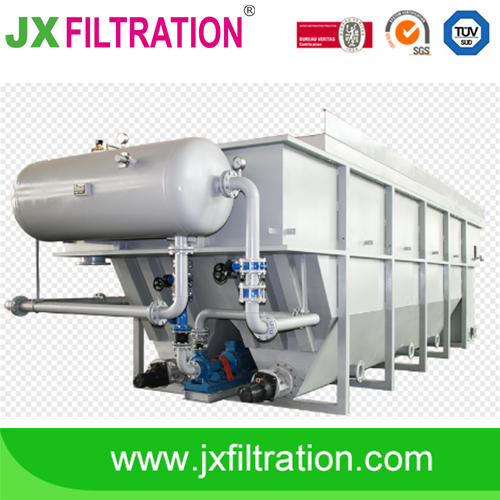Dairy Wastewater Treatment Technology
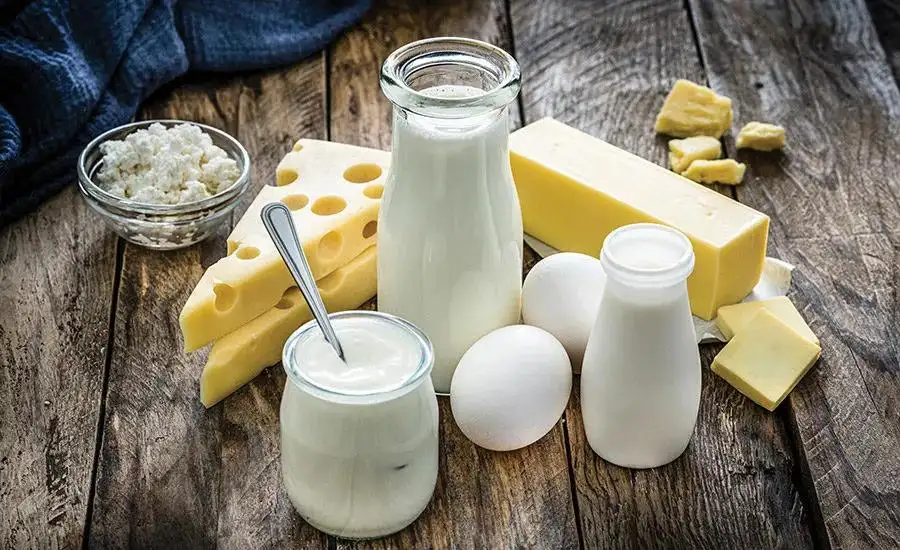
Dairy Wastewater Source & Characteristics
Dairy wastewater is the wastewater discharged from the production of condensed milk, cheese, cream, dairy soft drinks, ice cream and dairy snacks. Wastewater mainly comes from cleaning water of containers and equipment, and the main components contain raw materials for products.
The main features are:
- The concentration of organic matter is high, and the pH value fluctuates greatly.
- Good biodegradability.
- Contains a lot of SS and oily substances.
- High organic nitrogen content.
Dairy wastewater is a kind of medium and high concentration organic wastewater, which has good biodegradability and is suitable for biochemical treatment. However, wastewater contains a large amount of SS, oil and other substances, as well as high concentrations of nitrogen nutrients.
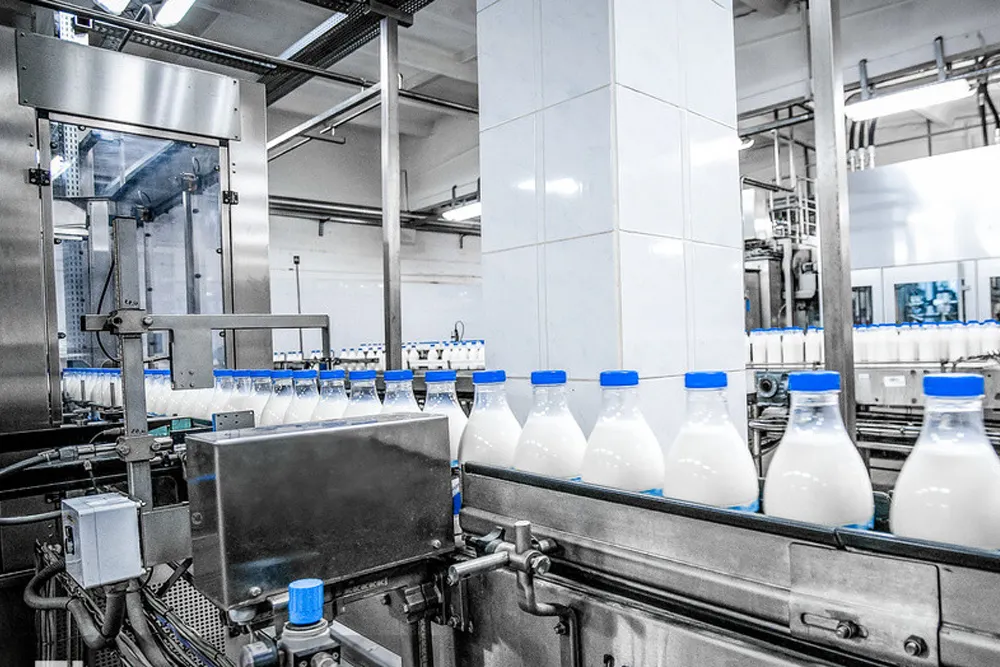
Process selection
- SBR process
SBR can effectively solve the problem of small and high-concentration sewage treatment, and is suitable for small dairy processing enterprises with scattered pollution and difficult treatment. A dairy farm uses the SBR-flocculation process to treat the COD of the wastewater. When the COD of the influent is 500-3000mg/L, aeration for 6h, sedimentation for 60min, and the sludge concentration is about 2500mg/L, the SBR runs stably and the COD removal rate reaches 80%. % or more; the SBR effluent was flocculated with polymerized AlCl3 as the flocculant, the COD removal rate reached 84%, and the effluent COD reached the discharge standard. - Hydrolysis acidification + SBR process
The "hydrolysis acidification + SBR" process was adopted to treat the 1000 m3/d wastewater of a dairy factory in a city. When the influent COD is 2000-2500 mg/L, the effluent COD is less than or equal to 100 mg/L, which meets the first-class standard in the national comprehensive sewage discharge standard. By adding soft fillers in the hydrolysis and acidification tank, the sewage flows through the anaerobic biofilm after entering water from the bottom, and the anaerobic sludge grows on the film, which increases the contact area between the sewage and the sludge, so that the removal efficiency of the hydrolysis acidification tank exceeds 30%. - Anaerobic-aerobic combined process
An engineering design was carried out for a milk treatment plant using the process of "conditioning - oil separation - UASB - SBR", the design processing capacity was 10000 m3/d, the designed influent COD5500 mg/L, BOD3000 mg/L, SS800 mg/L, animals and plants Grease 400 mg/L. The sewage treatment plant was started and put into operation in September this year. The operation is stable and reliable, and the quality of the effluent is excellent. The laboratory analysis results show that COD is 50.24-68.30 mg/L, BOD < 19 mg/L, SS < 50 mg/L, and grease < 8 mg/L. , which is much better than the requirements of the first-class standard in the "Comprehensive Wastewater Discharge Standard". The actual results show that using the UASB process to treat the sewage in dairy production can reduce the energy consumption of oxygen supply by about 7900 kW·h per day, and save about 1.3 million yuan in electricity bills per year. At the same time, the sewage treatment plant can generate about 14300 m3 of biogas per day.
- Air flotation + aerobic combined process
Dairy wastewater contains a large number of colloidal particles and grease, which can be removed in advance by air flotation, which can reduce the load of subsequent biochemical treatment and ensure the stability of effluent quality. Air flotation + A/O + deep combined process to treat dairy production wastewater, influent BOD is 750mg/L, COD is 1500 mg/L, SS is 400mg/L, NH3-N is 50mg/L, and the treatment capacity is 350m3/d The removal rates of COD, BOD, SS, and ammonia nitrogen were 95%, 98%, 94%, and 73%, respectively.
Any requirements, contact us now!
Grace
Email:grace@filtrationchina.com
Mobile/Whatsapp/WeChat:+86 17269571160
